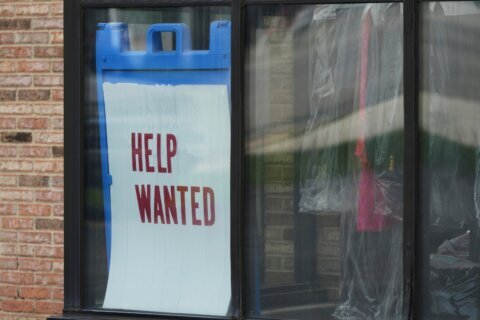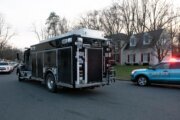The U.S. Green Building Council has long-certified commercial buildings for energy efficiency and environmental friendliness, but more residential builders are now seeking LEED status.
The number of LEED-certified residential homes, both single and multi-family, has risen 19% since 2017. There are now a record 400,000 LEED-certified homes in the U.S.
Maryland ranks No. 9 among states for LEED residential building, with almost 6,000 properties and more than 9 million square feet.
For builders, in addition to producing a more marketable product, LEED-certified residential properties also can sell for more.
“There is a national study that looks at the ‘green premium,’ which is roughly 4.3% for single family homes,” Asa Foss, director of residential technical solutions at USGBC told WTOP.
“In the D.C. area, there is a study that came out in 2016 that said homes with green features sell at a 3.5% premium.”
Building to LEED standards doesn’t necessarily cost builders more, especially if decisions are made early in the design process. For owners, LEED-certified homes cut energy costs by 20% to 30%.
But the attraction for homeowners isn’t necessarily energy efficiency or cost savings.
“The research that we’ve seen says it has little to do with actual energy and water costs, and it has more to do with quality, including lower maintenance, indoor air quality and a more quiet and comfortable space,” Foss said.
The USGBC projects construction of green multifamily and single-family homes will continue to grow through 2022, and it said LEED will play an important role in verifying that progress and activity.
USGBC has online resources for builders interested in LEED-certification.
California leads the nation for the number of LEED-certified residential units, at more than 39,000 or 46.3 million square feet, followed by Texas, New York, Washington and Colorado.








